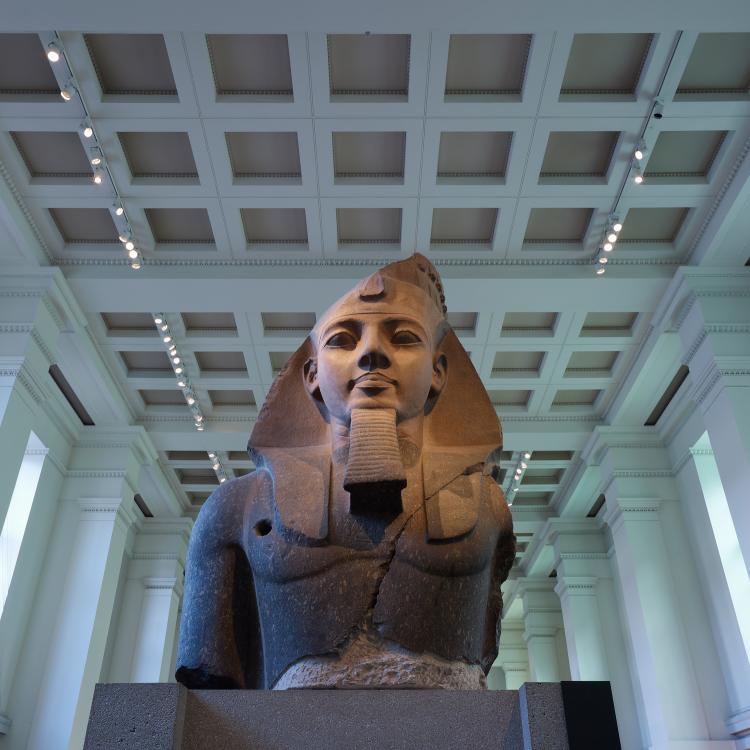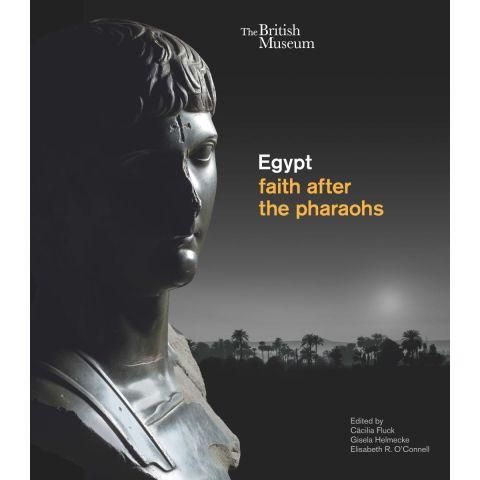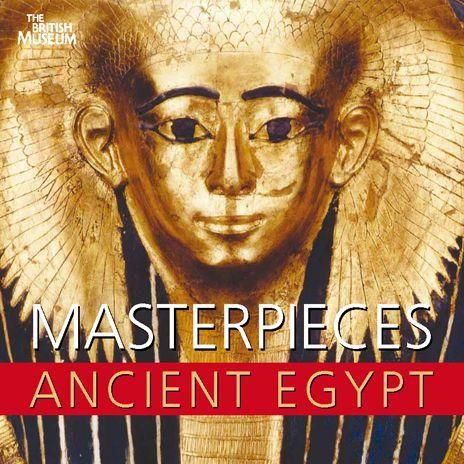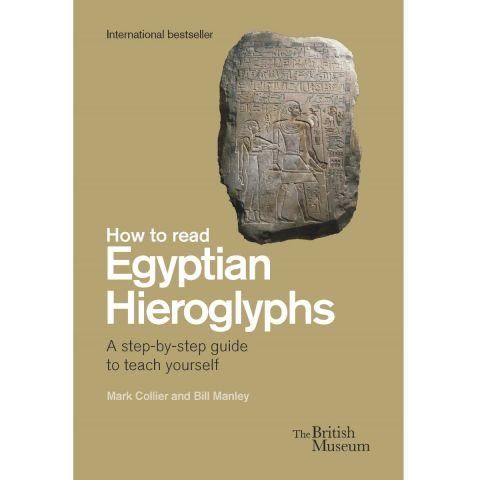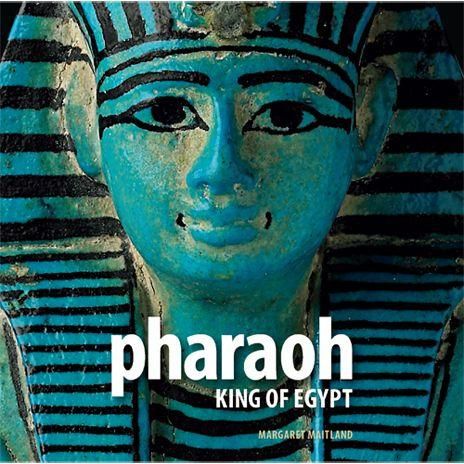Contact details
Email: egyptian@britishmuseum.org
Phone: +44 (0)20 7323 8000
Department of Egypt and Sudan
The British Museum
Great Russell Street
London
WC1B 3DG
The Department of Egypt and Sudan houses an extensive collection that offers unique insights into the peoples and cultures of the Nile Valley, from the Palaeolithic (about 14,000 BC) until the present day.
It is also home to an important archive relating to Egyptology and Nubian Studies and has one of the leading research libraries in this subject area.
The department also provides training programmes and research scholarships for scholars, curators and archaeologists from Egypt and Sudan, including the International Training Programme.
Staff
- Julie Renee Anderson – Curator: Sudan and Nubia
- Daniel Antoine – Keeper: Department of Egypt and Sudan
- Kelly Accetta Crowe – Project Curator: Egyptian Touring Exhibitions
- Georgia Barker – Curator: Egyptian Archaeology
- Loretta Kilroe – Project Curator: Sudan and Nubia
- Marcel Marée – Curator: Egyptian Art, Sculpture
- Aurelia Masson-Berghoff – Curator: Late Period, Ptolemaic and Roman Egypt
- Elisabeth O'Connell – Curator: Byzantine World, Coptic
- Marie Vandenbeusch – Curator: Funerary Culture of the Nile Valley
- Rebecca Whiting – Curator: Bioarchaeology
- The work of the department is supported by a team of Collections Managers and administrative staff.
You can search for publications by specific staff members on the British Museum Research Repository.
Research
Research at the Museum drives the care, display and understanding of the collection. Our research creates new knowledge, often through collaboration and by using cutting edge technology. Research projects, studentships and other activities cover a wide variety of academic disciplines and can involve archaeological excavation, studies of museum collections, working with craftspeople, understanding our visitors, conservation and scientific investigations.
Research in the Department of Egypt and Sudan focuses on the study of objects and human remains in the collection to extend the understanding of the peoples, history, art and cultures of the Nile Valley. The department's research focus extends to wide-ranging aspects of Egyptology and the study of Sudan, including:
- Excavations and fieldwork
- Bioarchaeology – the scientific study of human remains and other biological materials from archaeological sites, including the study of ancient diseases
- Scientific analyses of materials and objects
- Interactions between ancient Egypt and neighbouring cultures
- Artists and workshops
- Mummification and funerary culture
- Daily life.
The Egypt and Sudan collection has been digitised and records of its holdings are available on Collection online to assist external scholars, students and the public with their studies. Staff share the outcomes of their research in popular books, academic monographs, journal articles, blogs, videos and lectures both inside and outside the Museum.
Circulating Artefacts
Circulating Artefacts was launched in April 2018 to assist in the fight against the widespread global trade in illegally sourced antiquities, with a special focus on those from Egypt and Sudan. Project partners included cultural organisations and universities in Egypt and Sudan, auction houses and dealers, and law enforcement agencies. CircArt was funded by the British Council's Cultural Protection Fund, in partnership with the Department for Digital, Culture, Media and Sport. The project was completed in February 2021.
Circulating Artefacts created a platform to record objects in the antiquities trade. The project also conducted a programme of skills and resource sharing aimed at key parties in local communities. To enable a wider transmission of skills and expertise, Circulating Artefacts developed an e-Learning course on counteracting the looting and trafficking of cultural property, which is available in English and Arabic.
Find out more about the Circulating Artefacts project and register for the e-Learning course.
Lectures and colloquium
Since 1992, the British Museum has hosted an annual keynote lecture presenting the latest research on Egypt and Nubia.
The lecture is accompanied by the Annual Egyptological Colloquium on a related theme, with invited speakers from around the world. An overview of past lectures and colloquia provides a glimpse of how research on the cultures of the Nile Valley has developed in the last two decades.
Newsletters
A yearly illustrated newsletter presenting the British Museum's work in, and on the subject of, Egypt and Sudan.
The newsletters include updates on excavations, research projects, new exhibitions, galleries and training programmes. They contain short articles written by specialists from across the Departments of the British Museum and by external scholars who have collaborated with the Museum, or researched aspects of the collection.
Read the latest newsletter:
History of the collection
Objects from Ancient Egypt have formed part of the collection of the British Museum since its beginning. About 150 items from Hans Sloane's original collection were from Egypt.
Today the collection includes more than 100,000 objects, including a large collection of sculpture dating back to 10,000 BC.
Development
European interest in Egypt began to grow after Napoleon Bonaparte invaded in 1798, and his scholars recorded information about the country.
When the British defeated the French in Egypt in 1801, a number of antiquities were ceded in the treaty. In 1802, they were presented to the Museum in the name of George III. The most famous of these was the Rosetta Stone.
Egypt then came under the control of Mohammed Ali, who was determined to welcome foreigners into the country. As a result, foreign consuls began to form collections of antiquities. Henry Salt, Britain's consul, created a large collection with his agent Belzoni, who was responsible for the removal of the colossal bust of Ramesses II, known as the 'Younger Memnon', that was presented to the British Museum in 1817.
Salt's two collections formed the core of the department’s holdings and in the 1830s many other important collections of papyri and antiquities were acquired. By 1866 the collection consisted of around 10,000 objects.
Collection and acquisition
Antiquities from controlled excavations started to come to the Museum in the late 19th century as a result of the work of the Egypt Exploration Fund (now Society).
The efforts of EA Wallis Budge (Keeper, 1894–1924) were another major source of antiquities. Budge regularly visited Egypt and built up a wide-ranging collection of papyri and funerary material. When he retired, the collection contained about 57,000 objects.
In the following years there were more limited programmes of excavation and today antiquities are no longer exported from Egypt, although the work of research and study on the collection continues, including archaeological fieldwork in Egypt and Sudan.
In recognition of the British Museum's involvement in salvage excavations around the Fourth Cataract in Sudan, the National Corporation for Antiquities and Museums, Sudan, has donated collections of study material from sites in the area.

